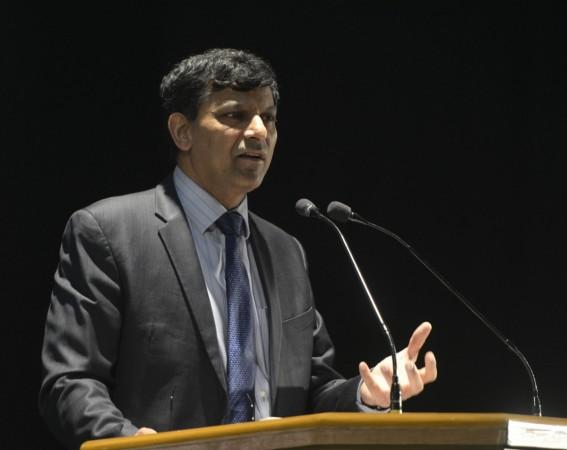
The looming expiration of an emergency liquidity measure introduced during India's 2013 currency crisis comes at a risky time for the rupee, with about $20 billion in deposits expected to leave the country as global investment appetite worsens.
The outflows, though widely anticipated by both markets and policymakers, will present a near-term currency challenge for Reserve Bank of India (RBI) Governor Raghuram Rajan, whose position is also up for renewal in September.
"It's a well anticipated event and the flows are largely known. Still, investors will be watching this carefully to see how the Reserve Bank handles the liquidity situation," said Luke Spajic, head of portfolio management emerging Asia at PIMCO.
Rajan announced the initiative to shore up foreign reserves soon after taking over the RBI in September 2013, when fears of U.S. Federal Reserve rate hikes punished vulnerable emerging markets such as India.
Under the programme, banks were incentivised to offer dollar deposits to Indian citizens abroad - through instruments known as foreign currency non-resident bank deposits - in a scramble to boost liquidity and regain the confidence of foreign investors.
The RBI then exchanged those dollars for rupees at lucrative rates for bankers.
With about $28 billion in deposits maturing in September through to November, the RBI must provide dollars to the banks so they can pay back those depositors. Rajan said last week he expected $20 billion in outflows in September to November, more than three times the outflow volumes typically seen over a three-month period.
Rajan will need to manage those outflows carefully at an especially tricky time for global markets with U.S. rate hikes expected and worries about China and crude prices lingering. A vote by Britain to leave the European Union in next week's referendum would add to these worries.
Rajan is talking down the risks, saying he is ready to deal with any rupee volatility in September.
Since last October, the RBI has met with banks to assess their respective currency positions, according to bankers who attended those meetings.
The RBI is also steadily building its dollar warchest, with foreign exchange reserves hitting a record high of $363.5 billion as of early June, enough to cover about 12 months of imports, compared with $274.8 billion in early September 2013, when it covered only six to seven months.
While stronger economic fundamentals mean few analysts expect the type of volatility India saw in 2013, policymakers still have some tricky markets to navigate.
"The impact may be contingent upon the global backdrop. If there is major risk aversion during that time, yes the impact can be accentuated," said Anindya Banerjee, associate vice president for currency derivatives at Kotak Securities.
"If the yuan starts to falls sharply or oil starts falling sharply, emerging markets will be under the hammer."








